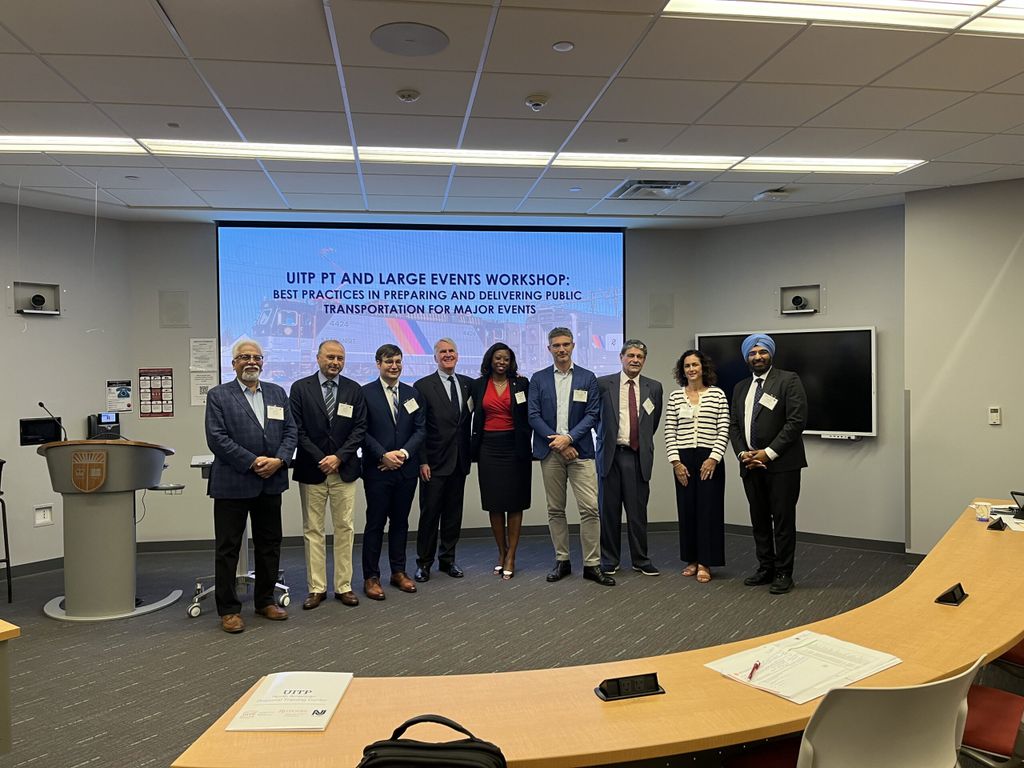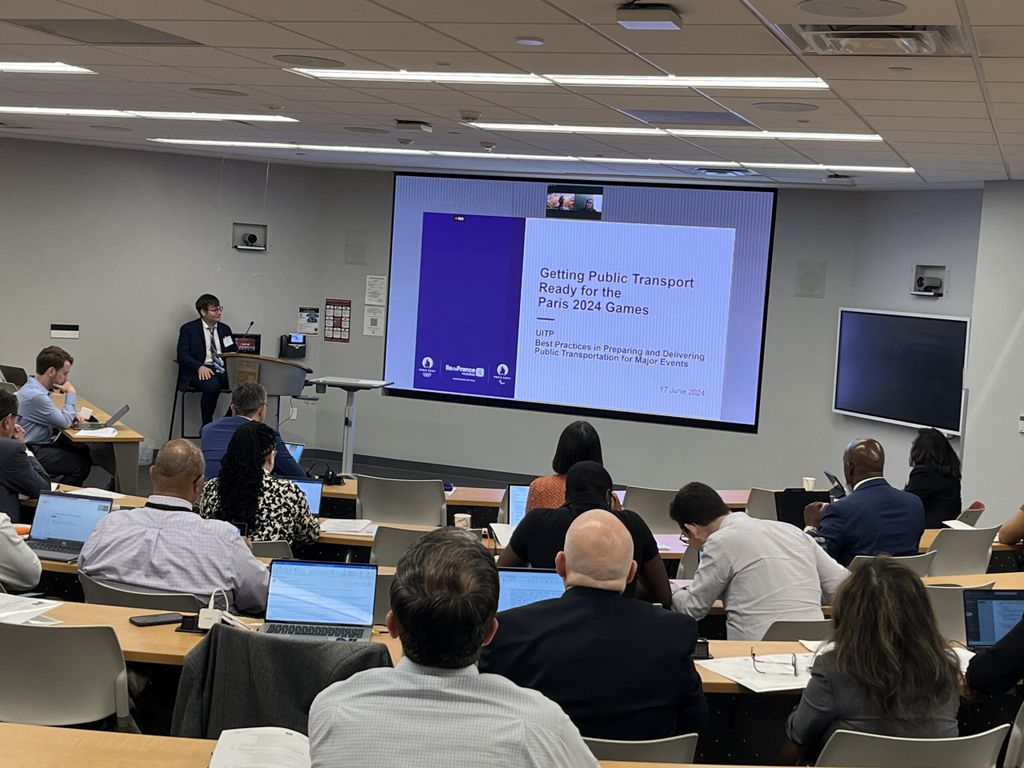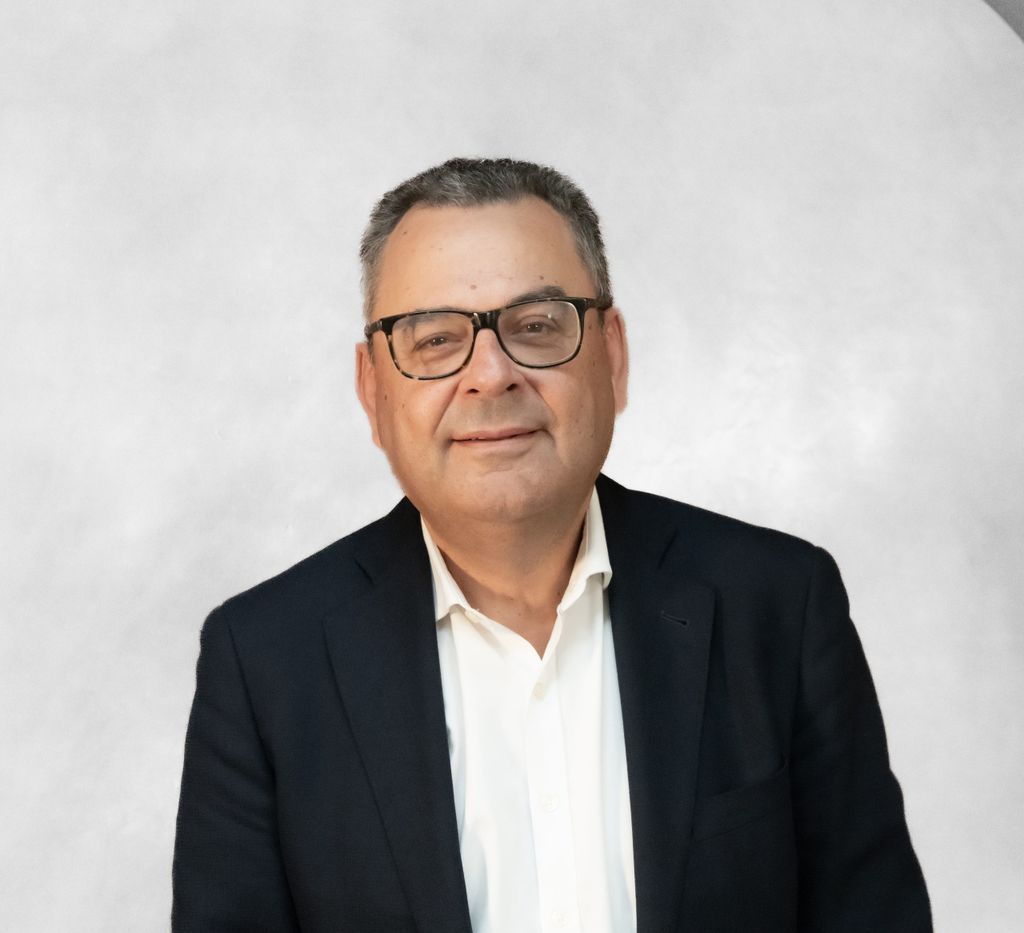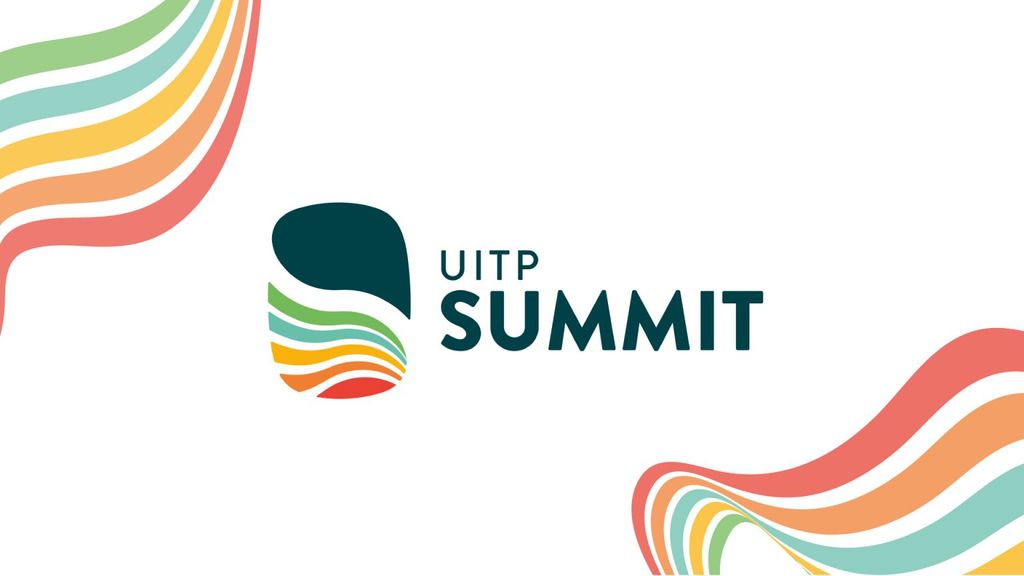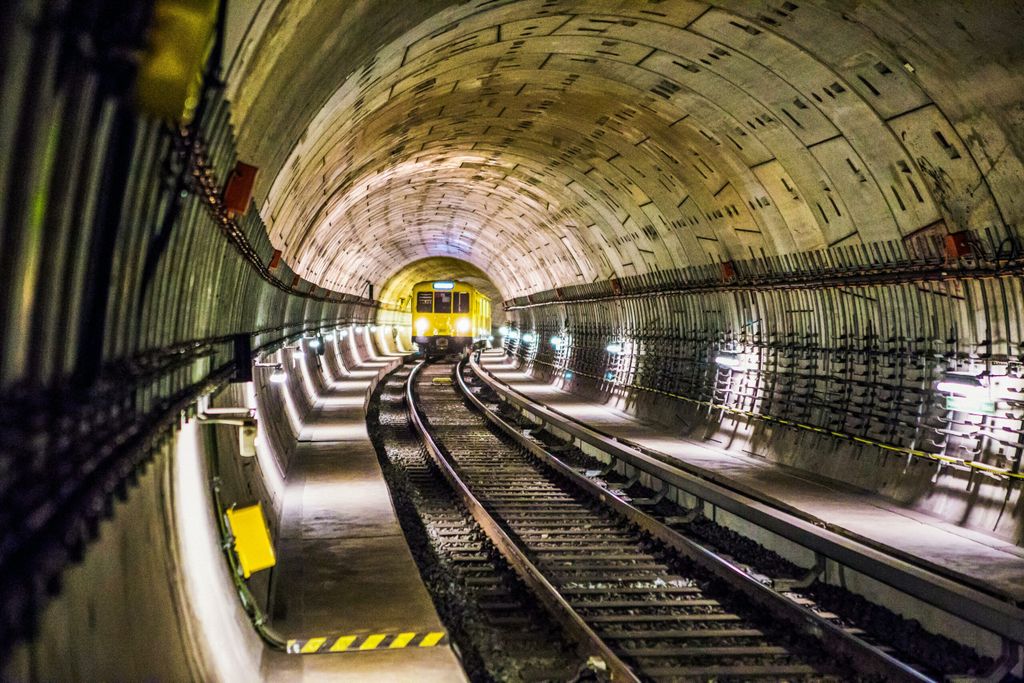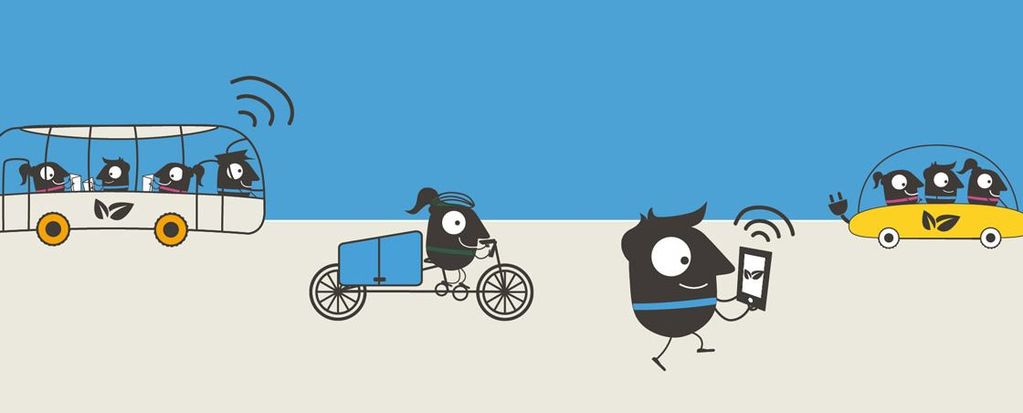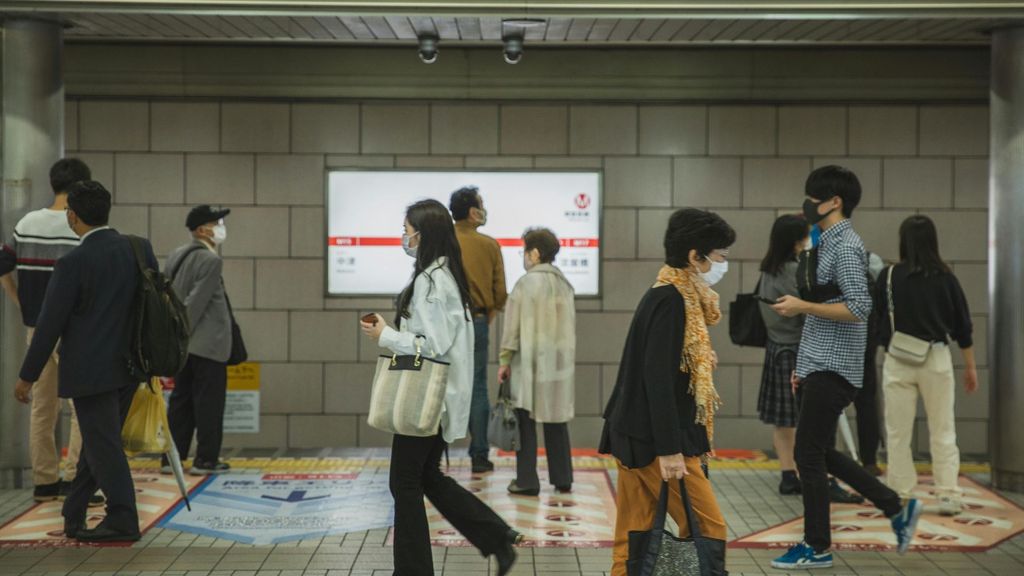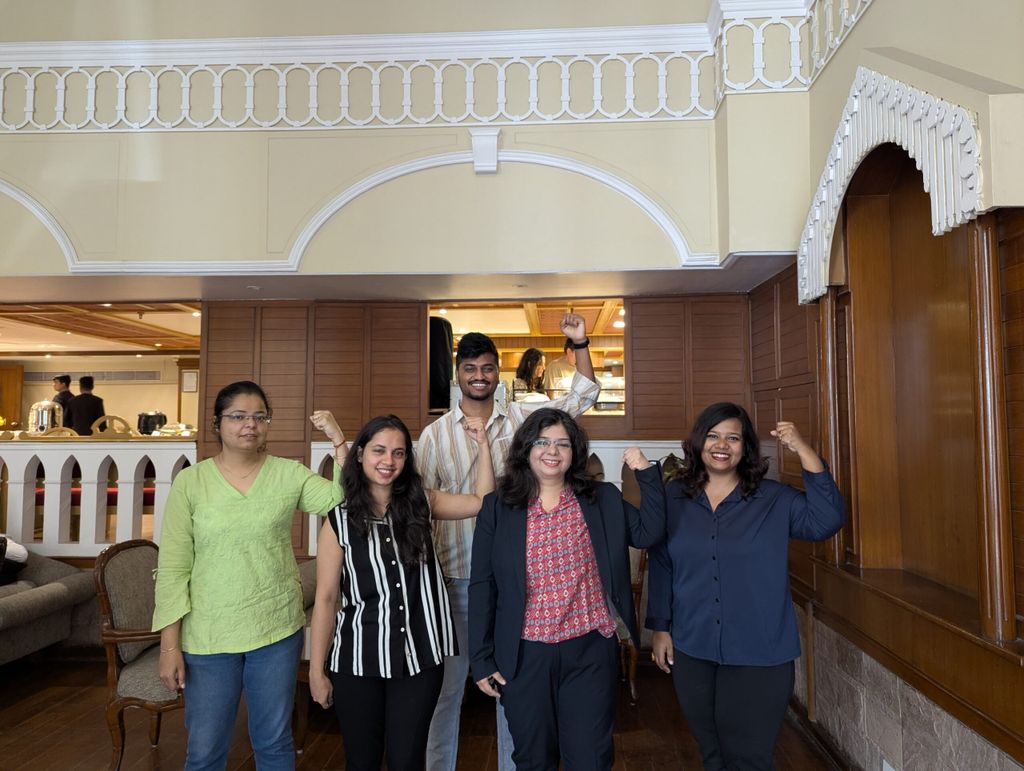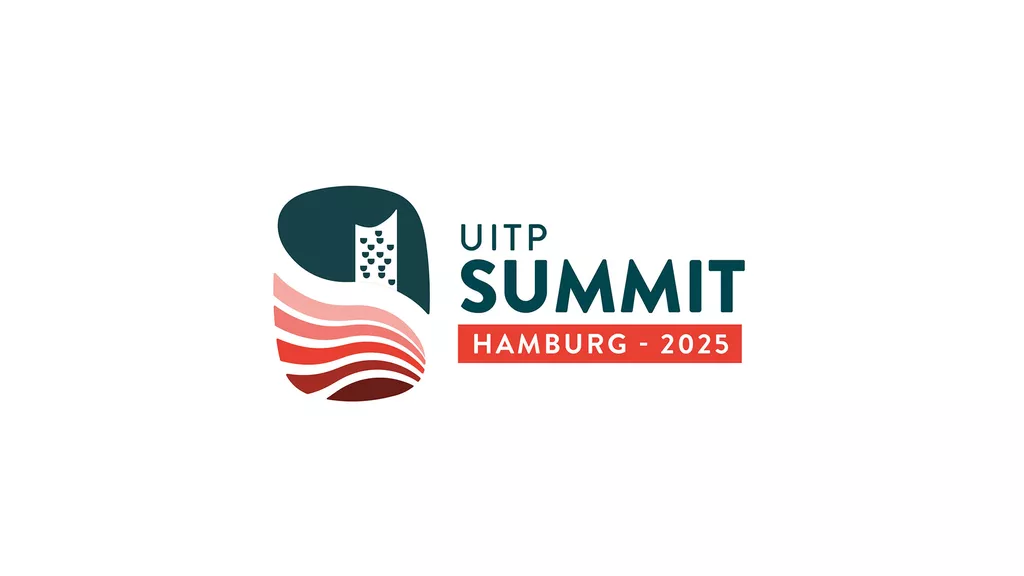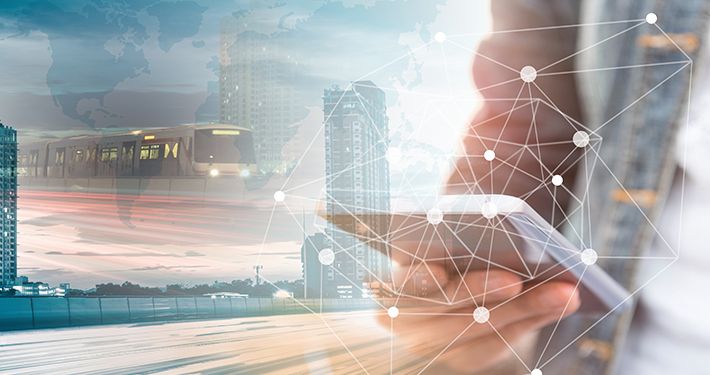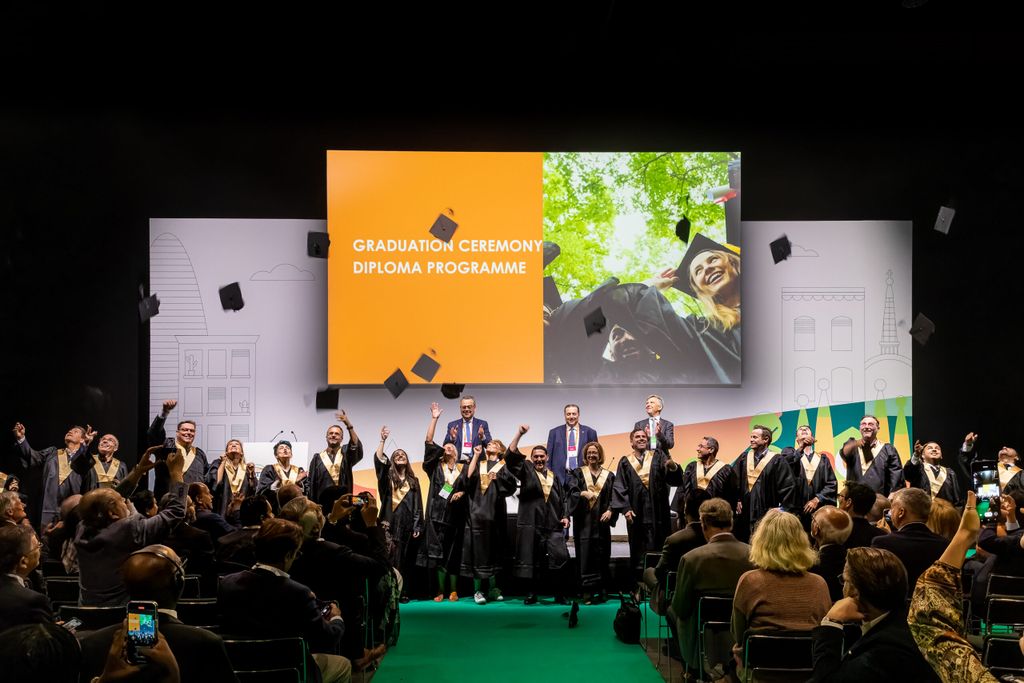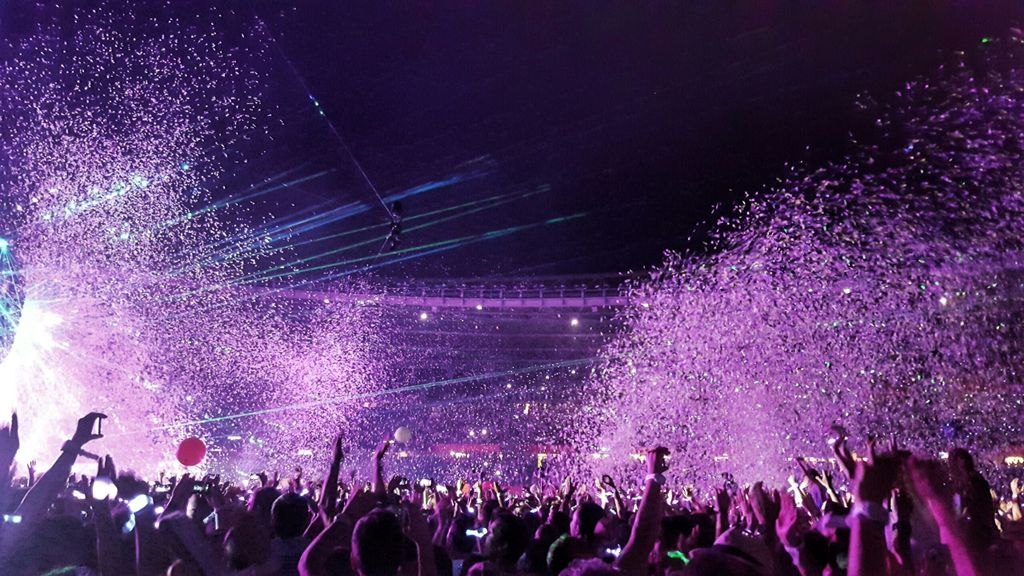
Public transport makes large events possible (and successful)
Transport leaders assemble to share insights
Public transport is an essential part of making large events successful.
While large events can draw a crowd, it is public transport that gets that crowd to the venue. For example, the most recent FIFA World Cup in Qatar saw 17 million passengers use Doha Metro and 59% of all stadium visitors arrive by metro. With the next FIFA World Cup being held across North America in 2026, American, Canadian, and Mexican operators and authorities met in a workshop hosted by the New Jersey Transit Corporation (NJ Transit) to prepare.
In partnership with UITP and Rutgers Center for Advanced Infrastructure and Transportation (CAIT), the workshop invited transport leaders and event-planning experts to share insights and best practices for public transport around large events. This is an important topic for the future of mobility – major gatherings are a catalyst to upgrade public transport systems, which benefits both visitors and residents long after the event finishes.
“A successful FIFA World Cup 2026 will require cross-agency collaboration to ensure transportation infrastructure is reliable, accessible, and accommodates the diverse needs of millions of fans worldwide.”
A collaboration between NJ Transit, Rutgers CAIT, and UITP
To bring together different viewpoints, the workshop gathered experts from around the world in various roles:
- Alok Jain. Managing Director, Transconsult Asia Limited
- Bruce Revman. Co-Host City Manager, FIFA NYNJ
- Christopher Reyes. Senior Manager, Operations Liaison and Planning, Los Angeles Metro
- Conan Cheung. Chief Operating Officer, Los Angeles Metro
- Elodie Hanen. Deputy Director, Île-de-France Mobilités
- Felicia L. Alexander. Deputy Assistant Secretary for Transportation Policy, USDOT
- Jose R. Tirado. Sergeants, NJ Transit
- Kevin Corbett. President and CEO, NJ Transit
- Lauren LaRusso. Co-Host City Manager and General Counsel, FIFA NYNJ
- Nicolas Boichon. Transport Engineer, Île-de-France Mobilités
- Roberto Labarthe. New Business Executive, Grupo CCR
- Sir Peter Hendy. Ex-TfL Commissioner (during the 2012 Olympic and Paralympic Games)
- Stefano Manelli. Director Citec Turin, Head of Major Events, EPFL/PoliTO
From the Olympics to the Superbowl and megastar concerts, public transport always supports the success of events. As agreed during the workshop, to do this well public transport operators and authorities focus on both preparedness and execution. Working together with other sectors is crucial in this. What time does the event start? How many tickets have been sold? Should there be extra services to handle the spike demand, and if so, where?
Indeed, there are many choices that operators and authorities must make together – and the sheer scale of many events adds enormous pressure. The London 2012 Olympics generated 8.2 million ticket sales. For each visitor, public transport is an invaluable part of the experience and a powerful way for a city to project an image to the world. Of course, the same goes for this year’s Olympics and Paralympics in Paris.
Île-de-France Mobilités’ ambitious plan to serve the twin tournaments relied on three basic data points that the authority could not know nor enact alone: maximum venue capacities, the full sports calendar, and traffic data from previous Olympic games in other cities. From this, Paris plans to place 5,000 customer service staff in stations, install special wayfinding signage, release a dedicated trip planner app, and increase the total public transport offer by 15%.
- 25
venues across Paris
- 50
sessions per day
- 500,000
daily spectators
Insights from the workshop
Large events are increasing in complexity too, making it important for public transport to adapt to them and work collaboratively. Many, like the 2026 FIFA World Cup, will be spread over various cities (New Jersey and New York will host eight matches including the final), some like the Olympics use several locations across one city – often simultaneously – and others like concerts attract massive amounts of people to sometimes smaller cities. While Taylor Swift’s famous Eras Tour attracted 700,000 people (and £300 million) to megacity London, it also drew 200,000 people to a stadium in Foxborough, Massachusetts – a town of just 18,000 people. Foxborough will also host matches at the 2026 FIFA World Cup.
To prepare for future large events, participants at the workshop shared best practices on topics including crowd management, security and cyber security, potential new branding, integrated ticketing, travel information, wayfinding, and how to minimise the interference with regular passengers. To be sure, there are many things to consider as an operator, especially the effect on staff. Employee wellbeing must be taken into account during big events – for staff these events mean busier, harder work. So that requires a strategy for time off between events, maybe additional volunteers through partner agencies, and also pausing routine internal meetings.
Each topic plays a key role in the overall events strategy for public transport operators and authorities; a strategy that strengthens partnerships and preparedness and improves public transport for both visitors and citizens alike.
“Workshops such as this are an opportunity to learn from cities which have hosted large events and allow for the sector to become more informed, to adopt best practices, and to implement these new learnings in their own companies to best prepare them for increased usage of their network. I’m pleased that our partnership with NJ TRANSIT and Rutgers CAIT continues to offer such rich resources.”
More on crowd management



